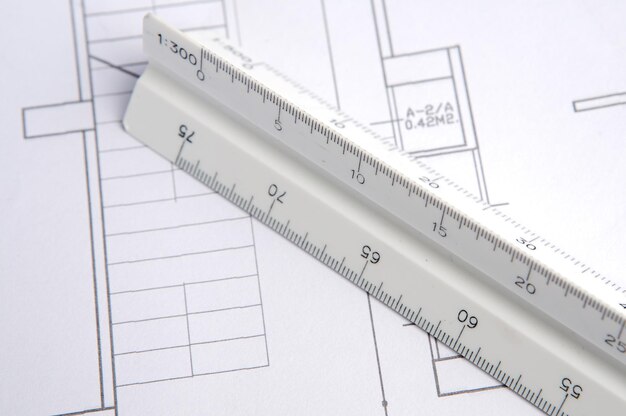Discovering the Steps to Measure Your Roof’s Square Footage: A Practical Guide
When planning a renovation, the first thing on your list may be figuring out how to measure your roof's square footage. Whether it's for a new roofing project or evaluating a recent home purchase, knowing this measurement is critical for financial planning and potential construction work. Let's dive into the steps to simplify this process.
Start by Breaking Down Your Roof into Sections
Roofs come in all shapes and sizes, and they aren't always simple rectangles. To get an accurate measurement, envision your roof as a combination of smaller, manageable rectangles or triangles.
Divide Your Roof: Break it into distinct sections based on shape. Is there a rectangular main roof and smaller triangular dormers? Identifying these can streamline your calculations.
Measure Each Section Separately: Use a measuring tape to determine the dimensions of each section. For rectangles, you’ll need the length and width. For triangular portions, measure the base and height.
Calculate the Area of Each Shape:
- Rectangle: Multiply the length by the width.
- Triangle: Multiply the base by the height, then divide by two.
Add Your Calculated Areas Together
Once each section of the roof has been measured and calculated, sum up all these areas to get a total square footage. This comprehensive figure will guide you on materials needed and help create an accurate budget.
Don't Forget the Roof's Slope
Roofs have slopes, and ignoring these can lead to underestimation. To adjust for slope:
Calculate Roof's Pitch: Measure the vertical rise over a 12-inch horizontal “run.” This is usually expressed in an angle or as a simple fraction (e.g., 4/12).
Adjust the Area: Multiply your total square footage by a factor based on your roof pitch. Here’s a quick guide:
- 3/12 to 5/12: Multiply by 1.05
- 6/12 to 9/12: Multiply by 1.15
- 10/12 to 12/12: Multiply by 1.25
What Comes After Measuring Your Roof?
Understanding your roof’s square footage is just the start. This knowledge opens doors to calculating costs, assessing materials, and even exploring financial aid programs if you're ready to jump into significant renovations or construction.
Renovation plans often mean exploring financial assistance. Here are some useful options that might offer relief:
Home Improvement Loans: Consider securing a loan specifically tailored for home upgrades. Banks and credit unions often have favorable rates.
Government Programs: Look into federal offerings like FHA 203(k) loans or HUD’s Title I Property Improvement Loan Program.
Local Grants: Many cities offer grants for home improvements that enhance energy efficiency or safety and security.
Credit Card Solutions: A 0% APR credit card might be a viable option if you're planning to pay off the expenditure fast without raking up interest.
Educational Workshops: Many local community centers offer free workshops on DIY renovations and efficient budgeting strategies.
Knowing how to measure your roof's square footage can empower you when beginning a roofing project. Accurate calculations help manage finances more effectively, especially when aligned with exploring financial options tailored to support your unique situation.
🏠 Financial and Educational Resources:
- 💰 FHA 203(k) Loan: A government-backed loan available for property renovations and refurbishments.
- 🔨 Low-Interest Home Improvement Loans: Offered by many banks for upgrading homes at manageable rates.
- 🎓 Community DIY Workshops: Free educational events on budgeting and DIY improvements.
- 🏢 Local Energy Efficiency Grants: Grants provided by local governments aimed at energy-saving home upgrades.
- 💳 0% APR Credit Cards: A short-term financing option for immediate project needs.
By leveraging these resources, you can transform your roofing projects from mere plans into financially savvy accomplishments.
